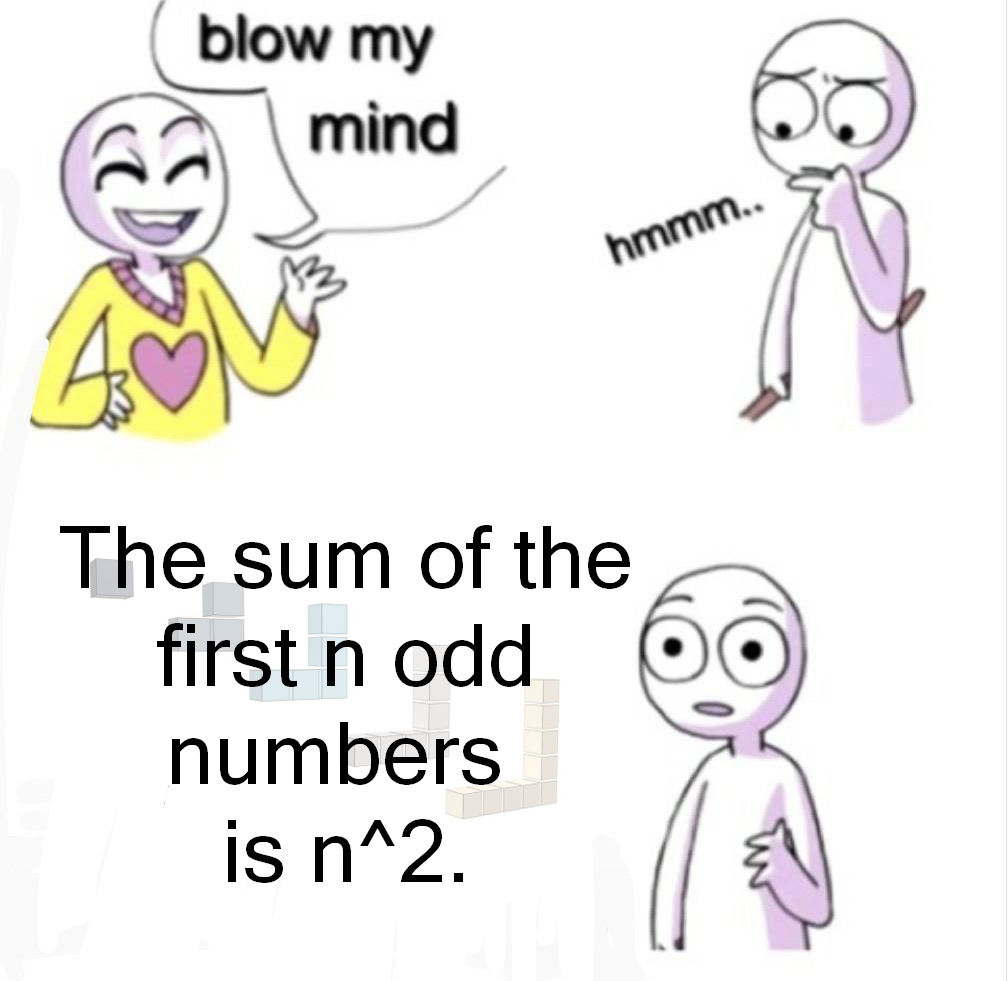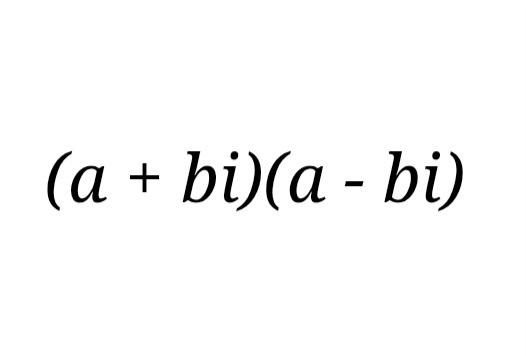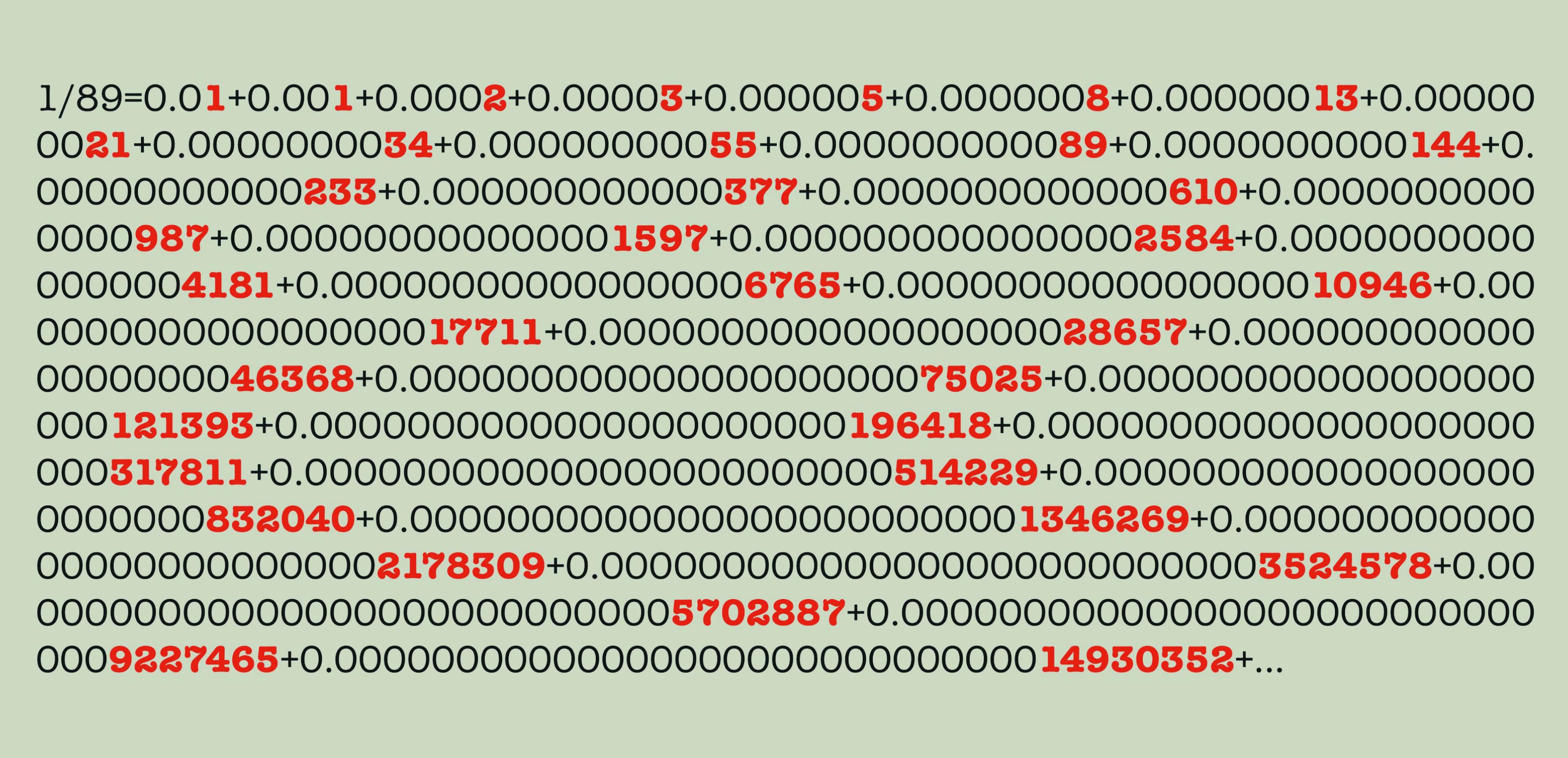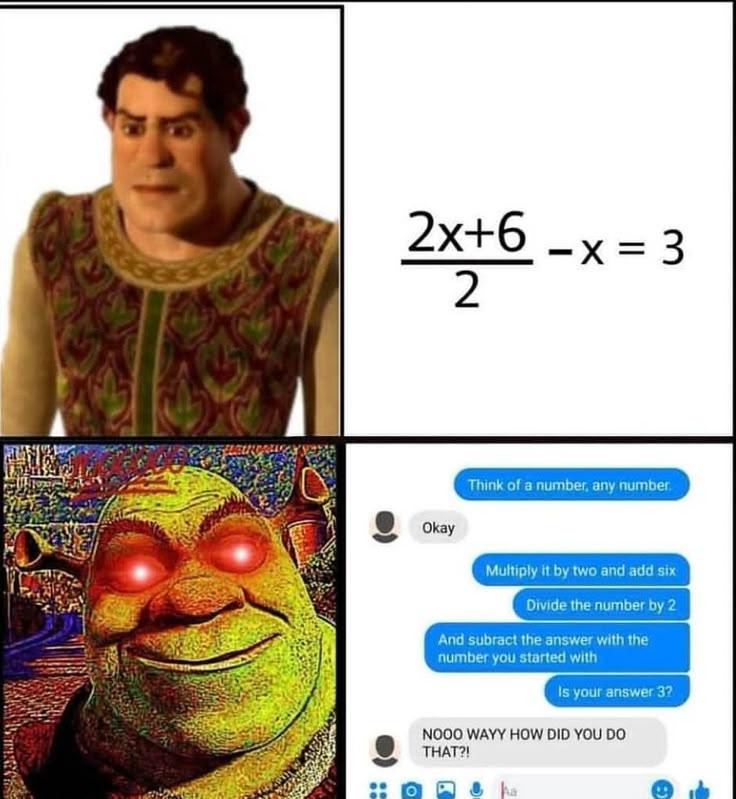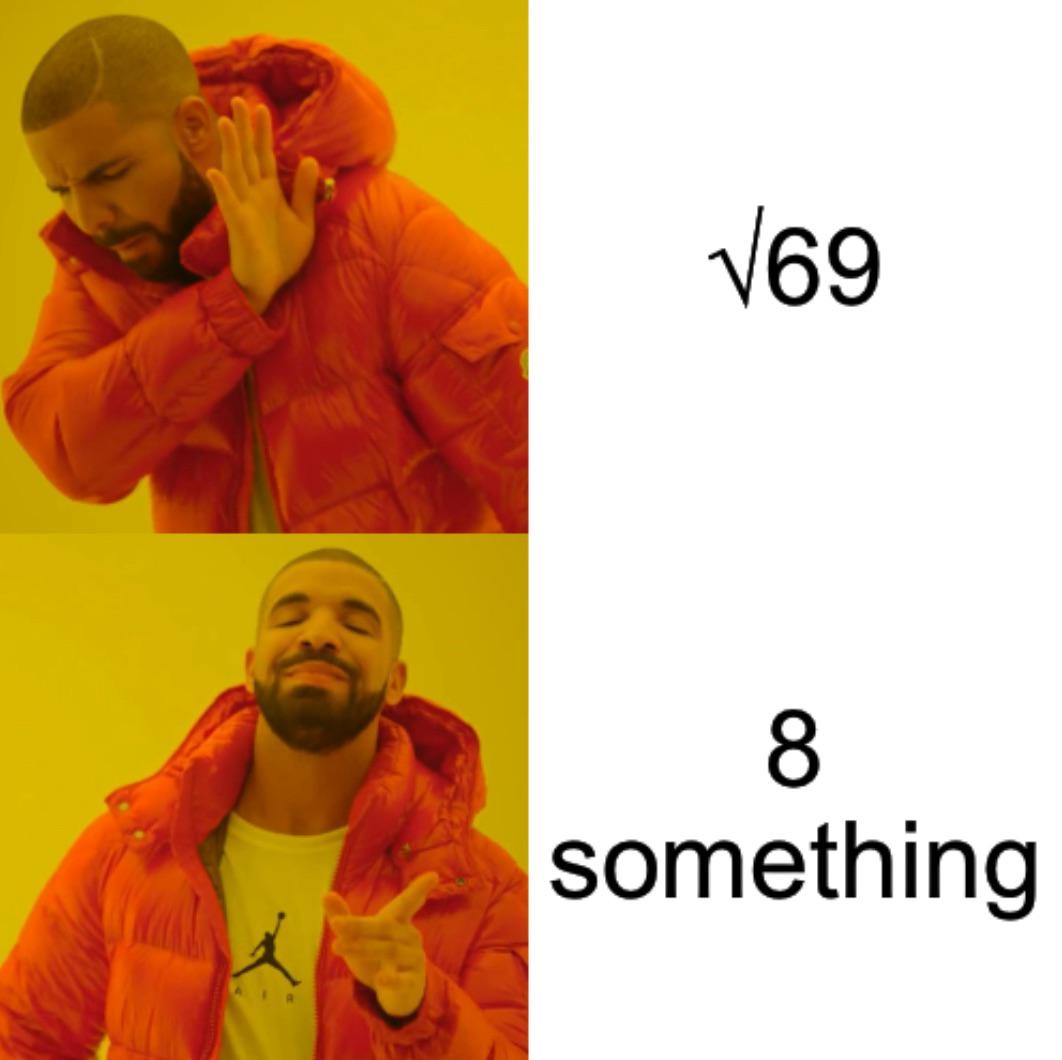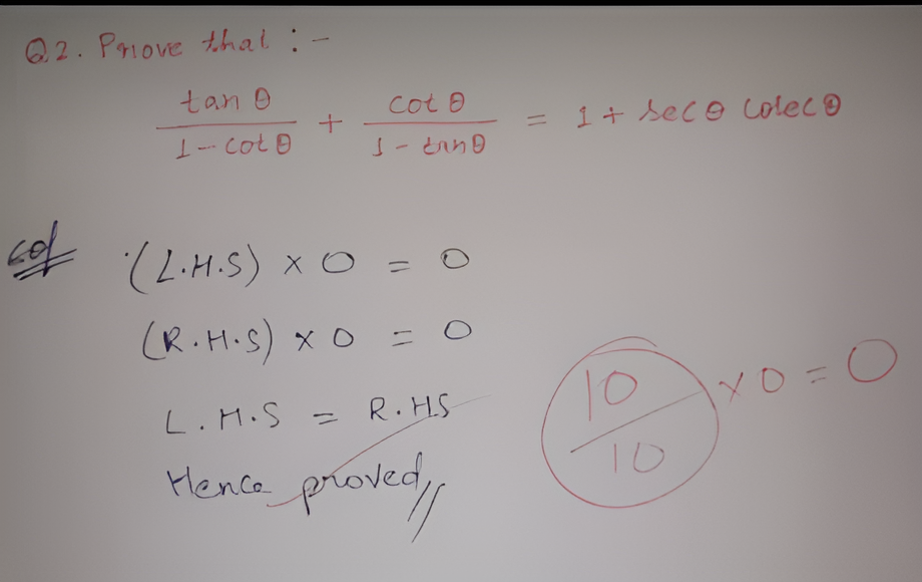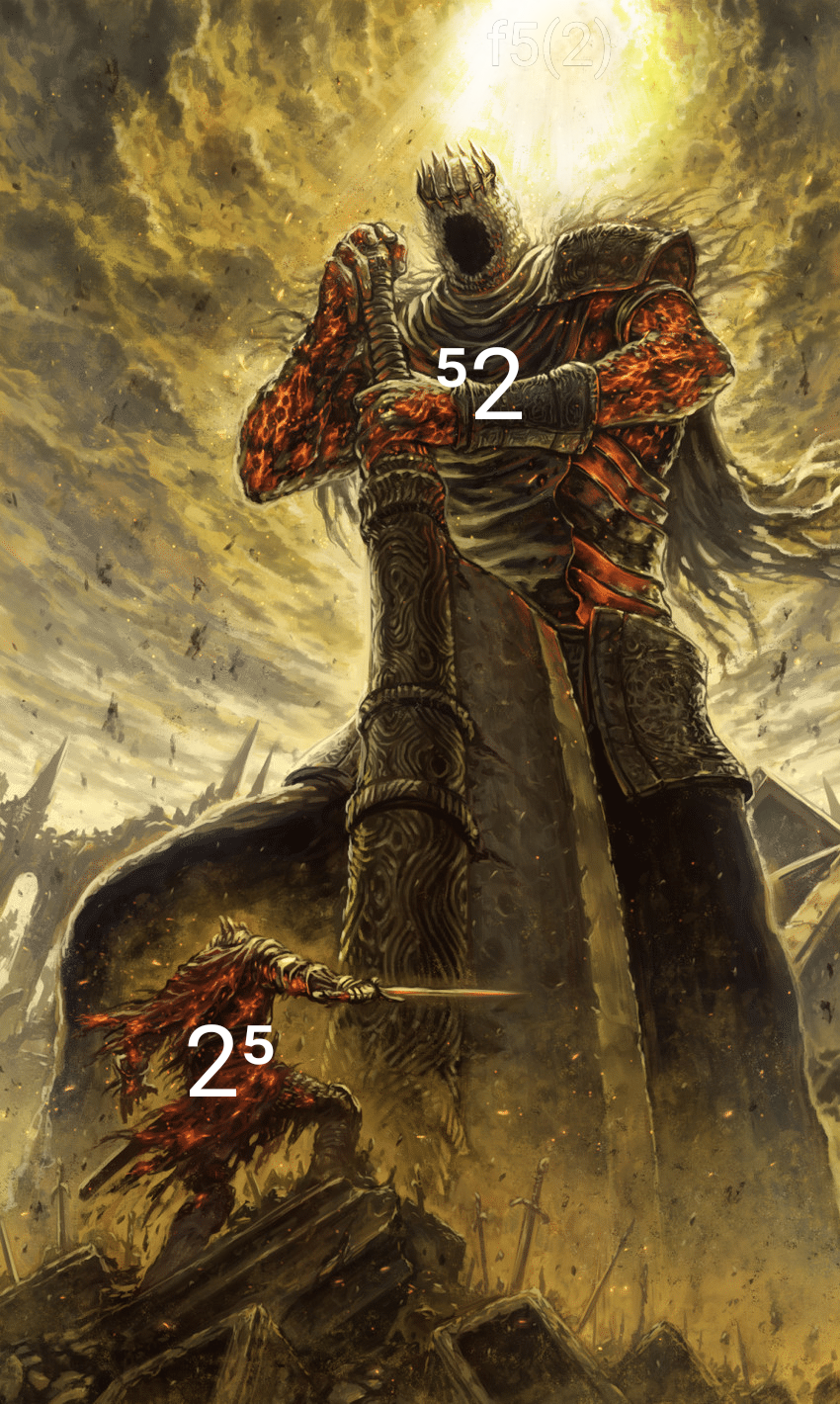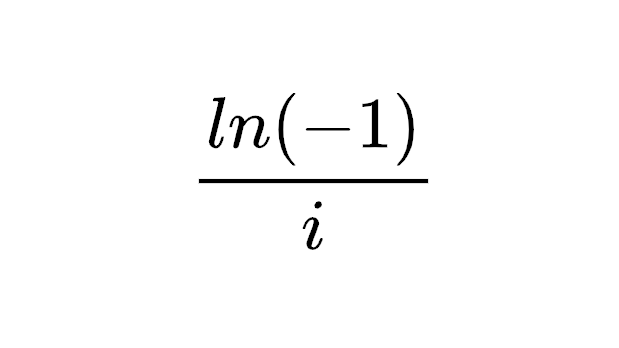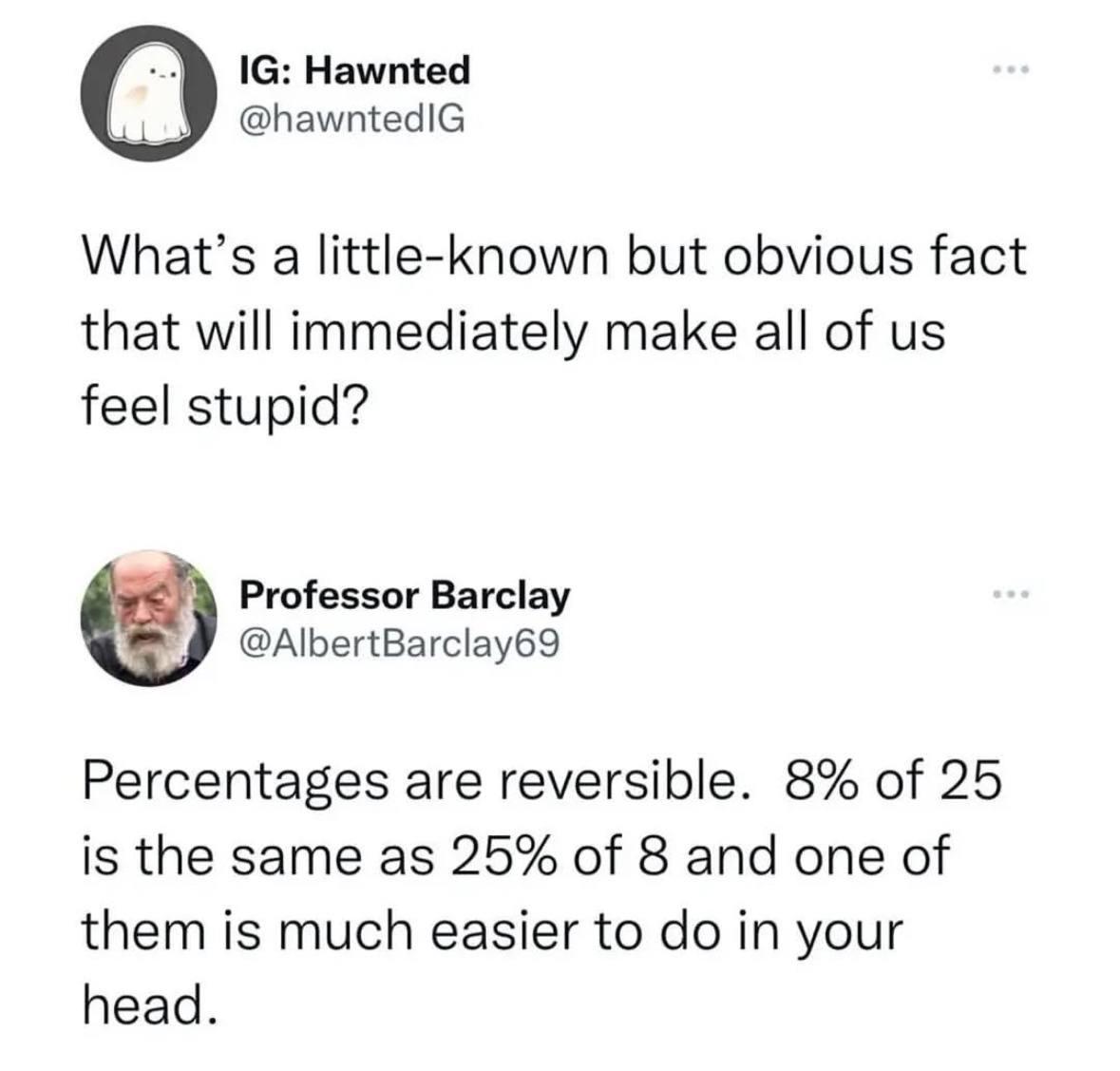This is the mathematical equivalent of finding a four-leaf clover! When you divide 1 by 89, the decimal expansion reveals the entire Fibonacci sequence hiding in plain sight. The red digits show each Fibonacci number (1, 1, 2, 3, 5, 8, 13...) nestled between all those zeros. It's like the universe secretly encoded one of its favorite patterns into this innocent-looking fraction. Next time someone says math isn't beautiful, just whip out this decimal expansion and watch their mind explode with the elegant perfection of it all. Pure mathematical poetry that even Fibonacci himself would've framed on his wall!


 Academia
Academia
 Ai
Ai
 Astronomy
Astronomy
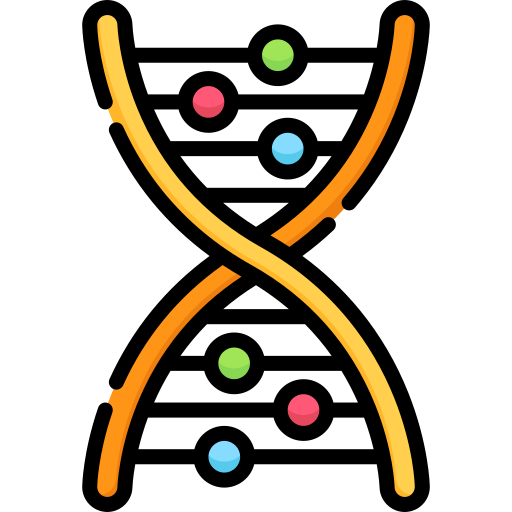 Biology
Biology
 Chemistry
Chemistry
 Climate
Climate
 Conspiracy
Conspiracy
 Earth-science
Earth-science
 Engineering
Engineering
 Evolution
Evolution
 Geology
Geology
